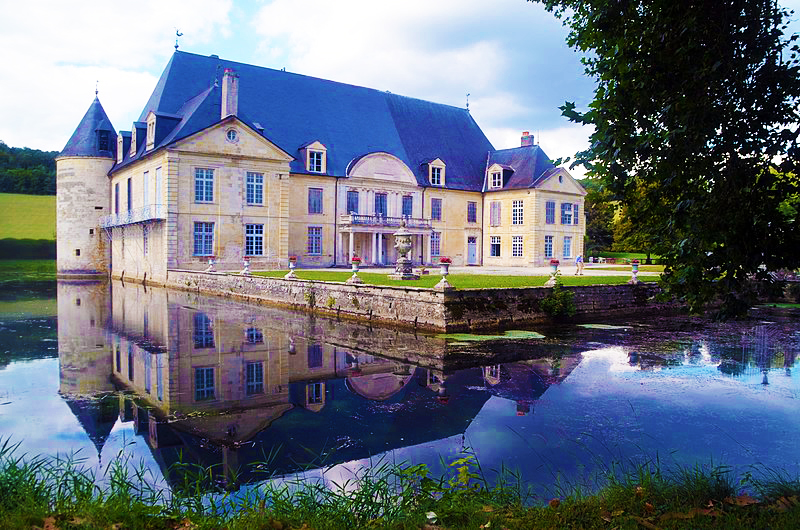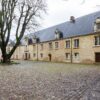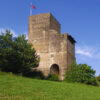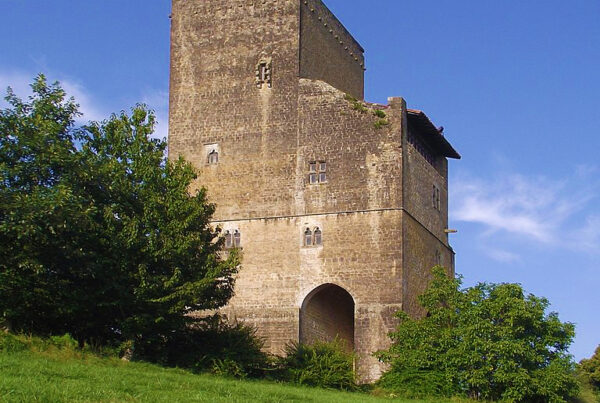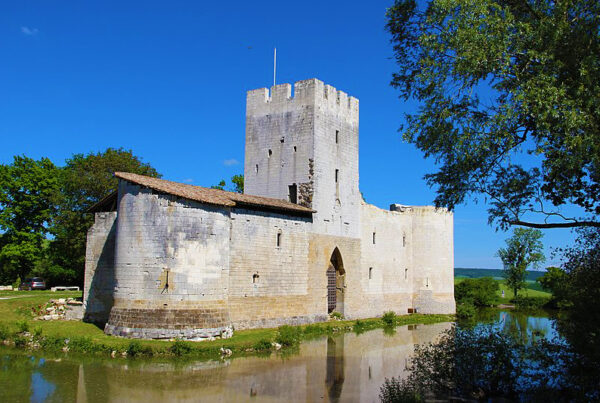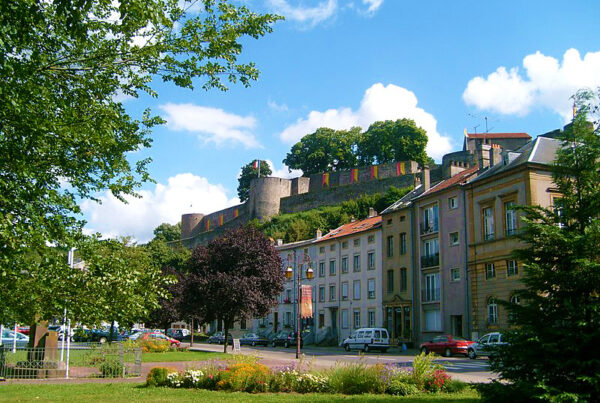The Château de Dinteville is a historic castle located in the commune of Dinteville in the Aube department of the Grand Est region in northeastern France. This elegant château is renowned for its beautiful Renaissance architecture and its connection to an important historical event. Here’s an overview of the Château de Dinteville:
History:
The Château de Dinteville has a rich history that dates back to the 16th century. It was constructed in the Renaissance style, which is characterized by its harmonious proportions, decorative elements, and a focus on symmetry. The château was built for the Dinteville family, a prominent noble family in the region.
Architecture:
The château is a splendid example of Renaissance architecture. Its design features elements such as ornate dormer windows, decorative turrets, and a beautiful central courtyard. The façade is adorned with intricate stone carvings, reflecting the artistic and architectural sensibilities of the Renaissance period. The château’s elegant architecture makes it a visual masterpiece and a testament to the Renaissance style.
The Field of Cloth of Gold:
One of the most significant historical events associated with the Château de Dinteville is its role in the planning of the Field of Cloth of Gold (Camp du Drap d’Or). This was a historic summit meeting held in 1520 between King Henry VIII of England and King Francis I of France. The château served as a meeting point for the French delegation as they traveled to the site of the summit in the English town of Balinghem.
Visiting:
The Château de Dinteville is a privately-owned property and is not generally open to the public for tours. However, its exterior is still impressive and can be admired from the outside. Visitors to the region can appreciate the château’s stunning architecture, its historical significance, and the picturesque setting it provides in the French countryside.
In summary, the Château de Dinteville is a remarkable example of Renaissance architecture and is associated with an important historical event in the 16th century. While it may not be open for interior tours, its exterior and historical significance make it an intriguing site to visit for those interested in French history and architectural heritage.
